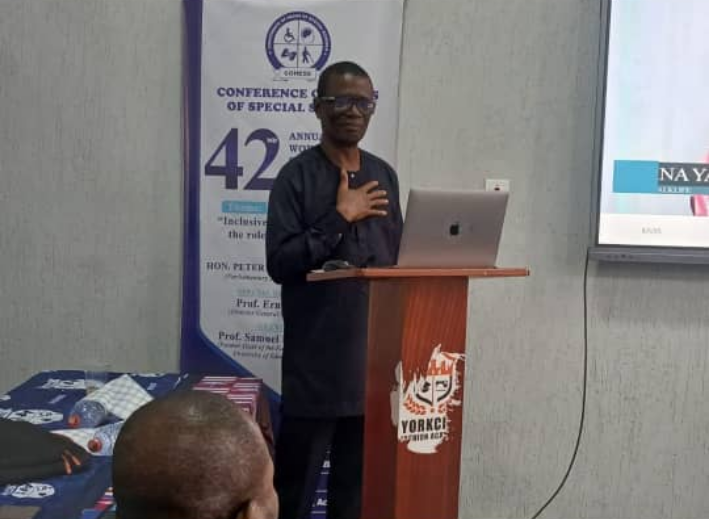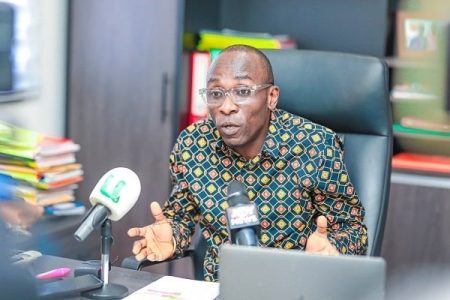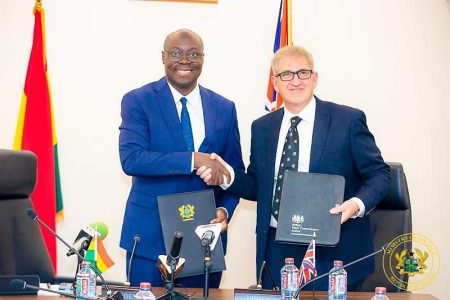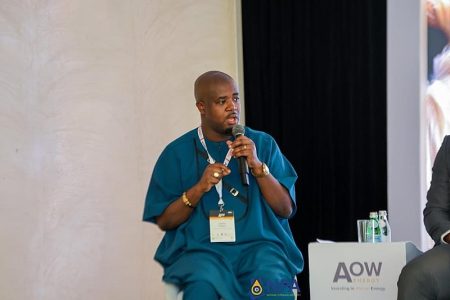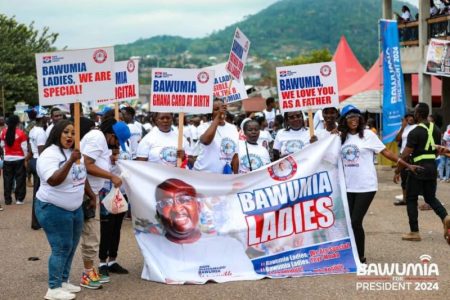Professor Samuel K. Hayford of the University of Education, Winneba, has revealed that over two million Ghanaians, aged five and above, experience varying degrees of difficulty in performing daily activities. This figure, standing at 2,098,138, indicates a higher prevalence among females (8.8 percent) compared to males (6.7 percent), based on data from the Ghana Statistical Service (GSS). Visual impairment is the most common disability in Ghana, affecting 4.6 percent of males and 4.0 percent of females nationwide. These statistics underscore the significant need for robust support systems and inclusive educational practices within the country.
The data, presented at the 42nd Annual Workshop for Heads of Special Schools in Accra, further highlighted the prevalence of severe to profound disabilities among 150,000 individuals aged five years and above. These disabilities include non-expressive communication, self-neglect, unintelligible speech, immobility, deafness, and blindness, affecting thousands of individuals and posing significant challenges to their daily lives and participation in society. Furthermore, the uneven distribution of special education facilities across Ghana exacerbates these challenges, leaving several regions without access to crucial resources.
A concerning finding is the lack of special education facilities, including special schools, resource centres, and assessment centres in five out of Ghana’s sixteen regions: North East, Bono, Western North, Savannah, and Oti. This disparity in access to essential educational resources leaves children with disabilities in these regions particularly vulnerable. Coupled with this is the high rate of out-of-school children aged five to fifteen in districts like Gushegu, North Gonja, Central Gonja, and Karaga, where over half of the children in this age group have never attended school. This alarming statistic underscores the urgent need to address access to education for all children, regardless of their location or disability status.
Ghana’s 2015 Inclusive Education Policy defines inclusive education as a system accommodating all learners, irrespective of their physical, intellectual, social, emotional, linguistic, or other conditions. Despite this progressive policy framework, significant implementation challenges persist. These include negative societal attitudes and stigma surrounding disabilities, gaps in teacher training on inclusive practices, limited resources, inadequate teaching materials and assistive technology, and infrastructure deficits. Many mainstream schools lack accessible buildings and facilities, classrooms are overcrowded, and there is a shortage of assessment centres and professionals to identify and support learners with disabilities.
To address these challenges, Professor Hayford proposes increased investment in special schools, empowering them to support mainstream schools in meeting the diverse needs of learners with disabilities. He also emphasizes the need for more trained professionals within the education sector to serve as resource persons and mentors for inclusive practices. Furthermore, encouraging parents and communities to actively promote awareness and reduce stigma surrounding disabilities is crucial. Collecting data on disability prevalence and the outcomes of inclusive practices is vital to monitor progress and inform policy decisions, along with effective utilization of the dashboard developed by the Special Education Division of the Ghana Education Service.
Professor Ernest Kofi Davis, Director-General of the GES, reinforces the importance of inclusive education as one of the four pillars of education in Ghana, alongside quality, access, and administration. He views inclusive education as a vision rooted in human dignity and the principle of equal opportunity. He argues that physical differences should be seen as assets that enrich the learning experience, rather than obstacles. Inclusive education, according to Prof. Davis, improves academic performance and enhances social development. He urges Heads of Special Schools to become change agents who champion adaptive technology and accessible infrastructure, moving from mere compliance to a compassionate commitment to inclusivity. Creating an environment where all children learn together and grow into adults who uplift one another is the ultimate goal. This collective effort towards building a truly inclusive education system is essential for the development and well-being of all learners in Ghana.





